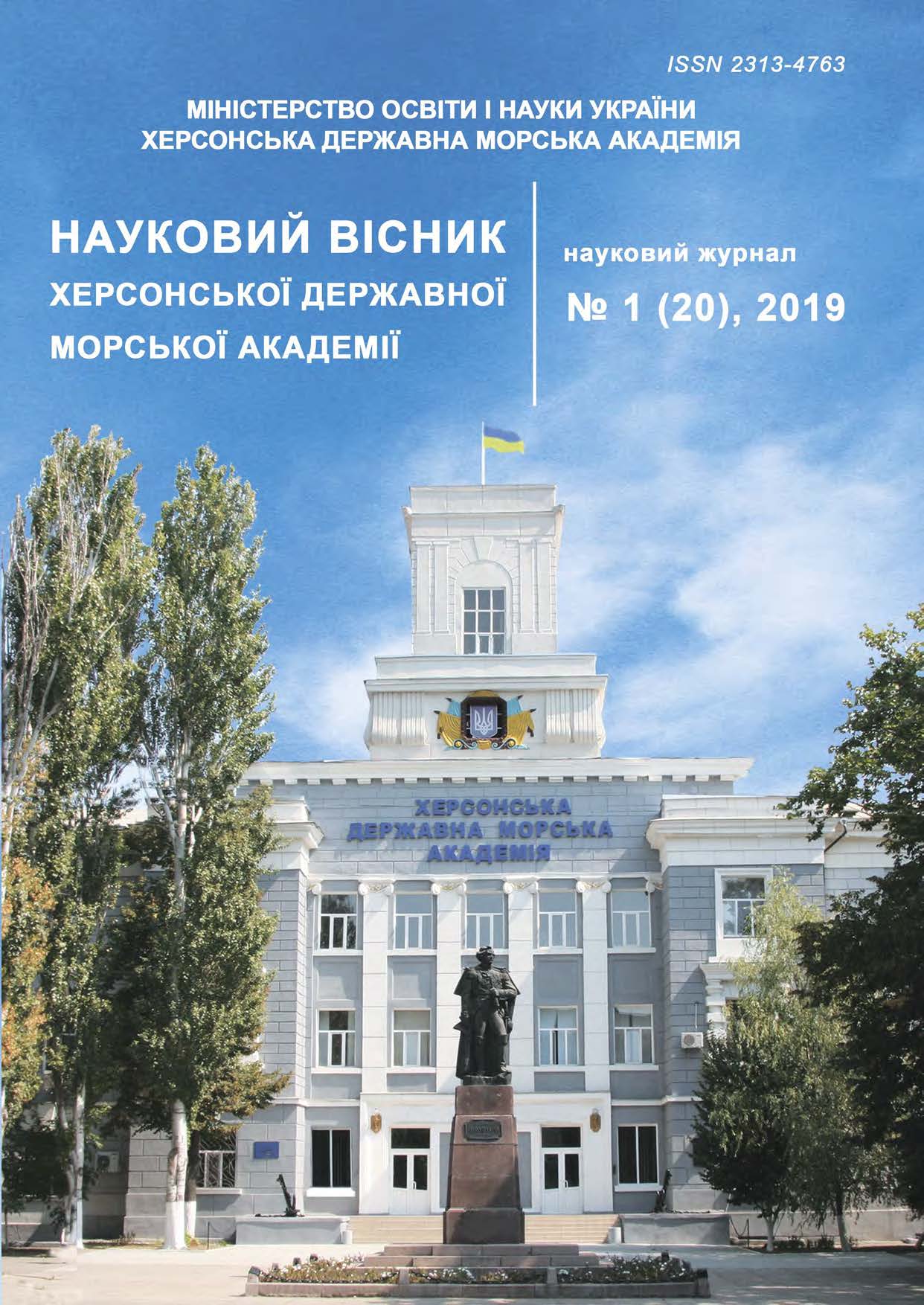ECOLOGICAL HAZARD ASSESSMENT OF THE ATMOSPHERIC AIR AT THE URBAN ECOSYSTEM BY THE STATE OF THE DEPOSIT ENVIRONMENT
https://doi.org/10.33815/2313-4763.2019.1.20.071-078
Abstract
Industrial activity and emissions of road transport are considered to be the major sources of pollution in urban ecosystems and pose a significant threat to the health of urban population due to dust emissions into the atmosphere. The high cumulative capacity of toxic metals, in particular the plumbum, leads to its entry into the atmospheric air, soil and groundwater, and ultimately to accumulation in the tissues and organs of plant organisms. There is a correlation between the content of toxic metals in the atmospheric air and their fallout within the sanitary protection zone of industrial and motor transport enterprises and distribution throughout the urban ecosystem. Snow cover stores pollution, thus, it is often used to assess the state of the air. The layer-by-layer sampling of the snow cover allows to determine the pollution dynamics and the influence of the production capacities of enterprises on the state of the urban ecosystem. The bioassay methods using plant organisms as test objects are based on their sensitivity to exogenous chemical effects and are reflected in the response of plants to pollutants. Determination of physico-chemical parameters of the snow cover and calculation of phytotoxic effect based on the phytotesting methods allows to detect not only the presence of toxic metals in the snow cover, but also to obtain reliable information about their distribution in the atmospheric air of cities. According to the researches results, the indexes for the lengths of Lepidium sativum shoots have been obtained. The test object has been germinated in a snow cover sampled at a distance of 5 to 50 m near the VOG filling station enterprise. The data obtained has been compared with the values of the shoots length of test objects germinated in snow samples from the territory of the park area. It has been established that the level of atmospheric air pollution with toxic metals wass the highest at a distance of 50 m from VOG filling station. The physico-chemical parameters of the snow cover and the phytotoxic effect indicate a high probability of toxic metals entry into the atmospheric air beyond the limits of the sanitary protection zone of VOG filling station and into the residential areas.
References
Barabash O. V., Solodka Yu. V. (2011). Otsinka intensyvnosti zabrudnennya snihovoho pokryvu prydorozhnʹoyi zony m. Kyyeva yak pokaznyk zabrudnennya atmosfernoho povitrya. Visnyk Natsionalʹnoho transportnoho universytetu. 22, 46−52.
Ashykhmyna T.YA. (2005). Ékolohycheskyy monytorynh. M.: Akademycheskyy Proekt.
Chyrvynskyy P.N. (1931). Sneh y snehozaderzhanye: s prylozhenyem atlasa. Rostov-na-Donu: Sevvernyy Kavkaz.
Vasylenko V.N., Nazarov Y.M., Frydman Sh. D. (1985). Monytorynh zahryaznenyya snezhnoho pokrova. L.: Hydrometeoyzdat.
Artemov V.M., Partsef D.P., Saet Yu.E. (1982). Analyz sostoyanyya zahryaznenyya snehovoho pokrova dlya proektyrovanyya sety stantsyy ANKOS-A. V kn.: Metodycheskye y systemotekhnycheskye voprosy kontrolya zahryaznenyya okruzhayushchey sredy. Trudy YMPH.
Inês A.PinhoDaniela V.LopesRui C.MartinsMargarida J.Quin (2017). Phytotoxicity assessment of olive mill solid wastes and the influence of phenolic compounds. Chemosphere https://doi.org/10.1016/j.chemosphere.2017.07.002
Tesfamichael H. Kebrom, Selamawit Woldesenbet, Haimanote K. Bayabil, Monique Garcia, Ming Gao, Peter Ampim, Ripendra Awal, Ali Fares. (2019). Evaluation of phytotoxicity of three organic amendments to collard greens using the seed germination bioassay. Environmental Science and Pollution Research. 26, 6, 5454–5462.
Aranda E., García-Romera I., Ocampo J.A., Carbone V., Mari A., Malorni A. C (2012). Chemical characterization and effects on Lepidium sativum of the native and bioremediated components of dry olive mill residue. Chemosphere. 69 (2), .229−239.
Manual for the evaluation of laboratories performing aquatic toxicity tests (1991). U.S. Environmental Protection Agency, Office of Research and Development. EPA/600/4-90/031. – Cincinnati.
Blok, C., Persoone, G. and Wever, G. (2008). A practical and low cost microbiotest to assess the phytotoxic potential of growing media and soil. Acta Hortic. 779, 367−374.
Yegorova Ye.I., Belolipetskaya V.I. (2000). Biotestirovaniye i bioindikatsiya okruzhayushchey sredy : Ucheb. posobiye po kursu «Biotestirovaniye». Obninsk : Obnin. in-t atom. Energetiki.
Tarasenko I.N. (1999). K voprosu o biotestirovanii. Ekologiya i okhrana okruzhayushchey sredy, 5, 56−59.
Bushtuyeva K.A., Partsef D.P., Bekker A.A., Revich B.A. (1964). Vybor zon nablyudeniy v krupnykh promyshlennykh gorodakh dlya vyyavleniya vliyaniya atmosfernykh zagryazneniy na zdorov’ye naseleniya. Gig. Sanitariya, 1, 4−6.
Metodicheskiye rekomendatsii po otsenke stepeni zagryazneniya atmosfernogo vozdukha naselennykh punktov metallami po ikh soderzhaniyu v snezhnom pokrove i pochve (utv. glavnym gosudarstvennym sanitarnym vrachom SSSR ot 15.05.1990 N 5174-90.
Bezkopyl’nyy I.N. (1984). Nekotoryye metodicheskiye podkhody k izucheniyu vozdeystviya faktorov okruzhayushchey sredy na zdorov’ye naseleniya v zone territorial’no-proizvodstvennogo kompleksa, 11, 24−27.
Shevchenkivsʹka rayonna v misti Kyyevi derzhavna administratsiya (2019). Retrieved from https://shev.kyivcity.gov.ua/content/menyu-2.html.
Tsentralʹna heofizychna observatoriya imeni Borysa Sreznevsʹkoho (2019). Retrieved from http://cgo-sreznevskyi.kiev.ua/.






